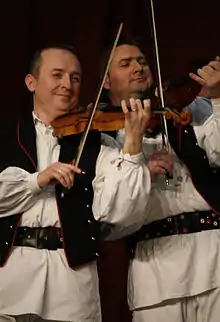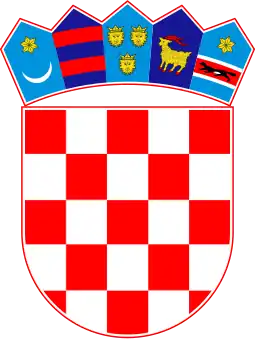 Dobro došli na hrvatski portal!
Dobro došli na hrvatski portal!
| Showcase | Content | Contributing |
Croatia (/kroʊˈeɪʃə/ ⓘ, kroh-AY-shə; Croatian: Hrvatska, pronounced [xř̩ʋaːtskaː]), officially the Republic of Croatia (Croatian: Republika Hrvatska ), is a country located at the crossroads of Central and Southeast Europe. Its coast lies entirely on the Adriatic Sea. It borders Slovenia to the northwest, Hungary to the northeast, Serbia to the east, Bosnia and Herzegovina and Montenegro to the southeast, and shares a maritime border with Italy to the west. Its capital and largest city, Zagreb, forms one of the country's primary subdivisions, with twenty counties. Other major urban centers include Split, Rijeka and Osijek. The country spans 56,594 square kilometres (21,851 square miles), and has a population of nearly 3.9 million. The Croats arrived in modern-day Croatia in the late 6th century, then part of Roman Illyria. By the 7th century, they had organized the territory into two duchies. Croatia was first internationally recognized as independent on 7 June 879 during the reign of Duke Branimir. Tomislav became the first king by 925, elevating Croatia to the status of a kingdom. During the succession crisis after the Trpimirović dynasty ended, Croatia entered a personal union with Hungary in 1102. In 1527, faced with Ottoman conquest, the Croatian Parliament elected Ferdinand I of Austria to the Croatian throne. In October 1918, the State of Slovenes, Croats, and Serbs, independent from Austria-Hungary, was proclaimed in Zagreb, and in December 1918, it merged into the Kingdom of Yugoslavia. Following the Axis invasion of Yugoslavia in April 1941, most of Croatia was incorporated into a Nazi-installed puppet state, the Independent State of Croatia. A resistance movement led to the creation of the Socialist Republic of Croatia, which after the war became a founding member and constituent of the Socialist Federal Republic of Yugoslavia. On 25 June 1991, Croatia declared independence, and the War of Independence was successfully fought over the next four years. Croatia is a republic and a parliamentary liberal democracy. It is a member of the European Union, the Eurozone, the Schengen Area, NATO, the United Nations, the Council of Europe, the OSCE, the World Trade Organization, a founding member of the Union for the Mediterranean, and is currently in the process of joining the OECD. An active participant in United Nations peacekeeping, Croatia contributed troops to the International Security Assistance Force and was elected to fill a non-permanent seat on the United Nations Security Council in the 2008–2009 term for the first time. Croatia is a developed country with an advanced high-income economy and ranks 40th in the Human Development Index. Service, industrial sectors, and agriculture dominate the economy. Tourism is a significant source of revenue for the country with nearly 20 million tourist arrivals as of 2019. Since 2000s, the Croatian government has heavily invested in infrastructure, especially transport routes and facilities along the Pan-European corridors. Croatia has also positioned itself as a regional energy leader in the early 2020s and is contributing to the diversification of Europe's energy supply via its floating liquefied natural gas import terminal off Krk island, LNG Hrvatska. Croatia provides social security, universal health care, and tuition-free primary and secondary education while supporting culture through public institutions and corporate investments in media and publishing. (Full article...)
| ||||||||||||||
List of selected geography articles |
|---|
Categories
More did you know -
- ...that anthropologist Ivan Vučetić founded dactyloscopy?
Topics
Related portals
Religions in Croatia
Ex-Yugoslav countries
Other countries
Associated Wikimedia
The following Wikimedia Foundation sister projects provide more on this subject:
-
 Commons
Commons
Free media repository -
 Wikibooks
Wikibooks
Free textbooks and manuals -
 Wikidata
Wikidata
Free knowledge base -
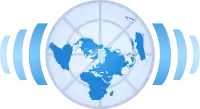 Wikinews
Wikinews
Free-content news -
 Wikiquote
Wikiquote
Collection of quotations -
 Wikisource
Wikisource
Free-content library -
 Wikispecies
Wikispecies
Directory of species -
 Wikiversity
Wikiversity
Free learning tools -
 Wikivoyage
Wikivoyage
Free travel guide -
 Wiktionary
Wiktionary
Dictionary and thesaurus
Things you can do
 |
Here are some tasks awaiting attention:
|
List articles
- List of Croats
- List of cities
- List of islands
- List of rulers
- List of Presidents
- List of Prime Ministers
- List of rivers
- List of lakes
- List of mountains
- List of castles
- List of World Heritage Sites
Web resources
Wikipedia in Croatian
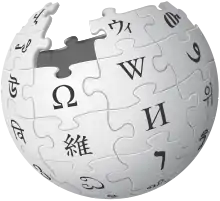 |
There is a Croatian version of Wikipedia, the free encyclopedia. |
 |
Selected monthly picture

A part of the harbour in Pula, Croatia, under sunset. Pula (Slovene: Pulj; Istriot Pula; Italian: Pola) is the largest city in Istria, situated at the southern tip of the peninsula, with a population of 62,080 (2006).
Like the rest of the region, it is known for its mild climate, tame sea, and unspoiled nature. The city has a long tradition of winemaking, fishing, shipbuilding, and tourism. Pula has also been Istria's administrative center since ancient Roman times.
| Archive | Read more... |
-
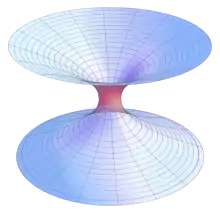 List of all portals
List of all portals -

-

-

-
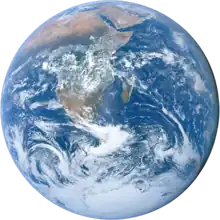
-

-

-

-

-

-
 Random portal
Random portal -
 WikiProject Portals
WikiProject Portals
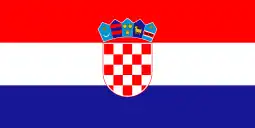




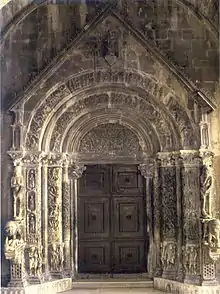
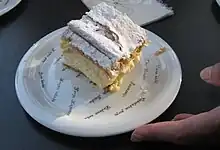
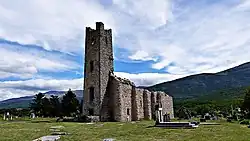

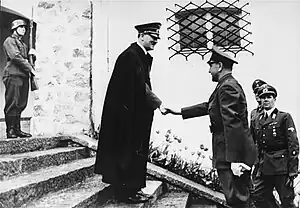

.jpg.webp)
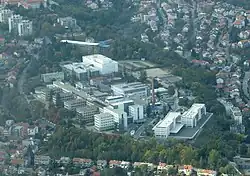
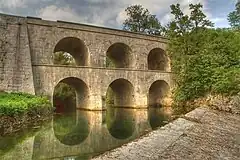
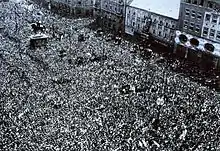

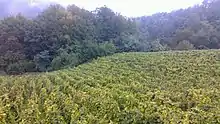
.png.webp)

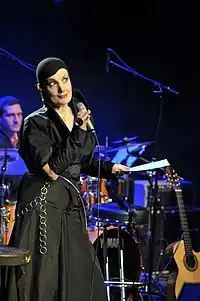
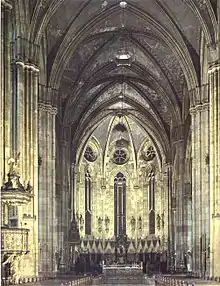
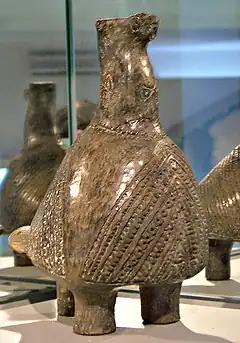

.jpg.webp)
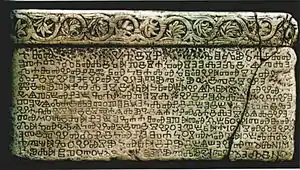

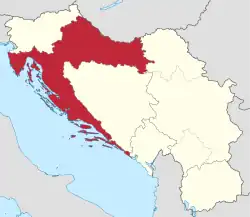

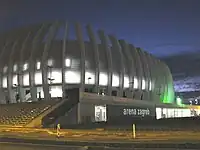
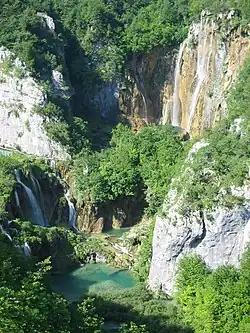

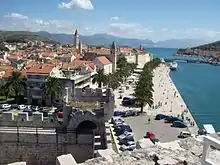
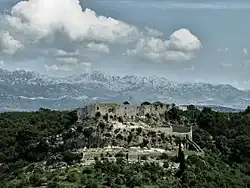

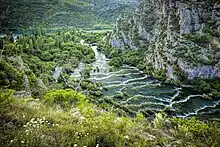
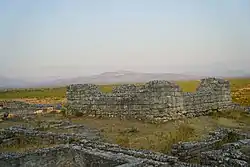
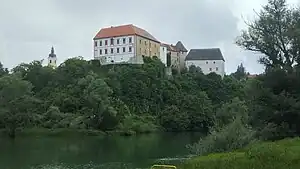

.jpg.webp)
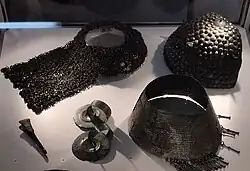
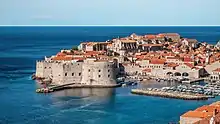
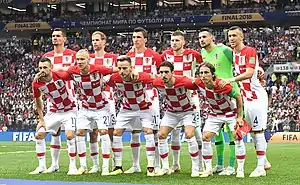


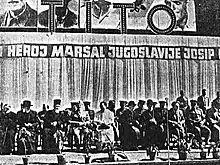
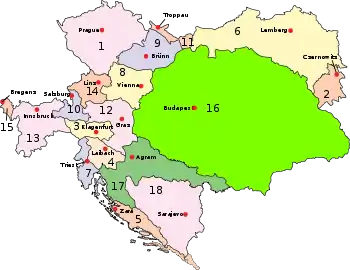
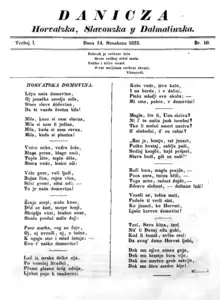
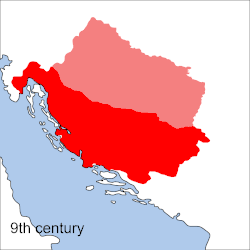
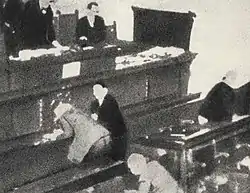
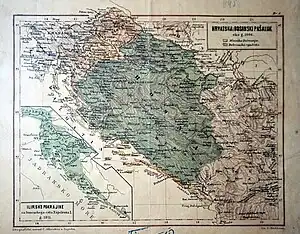

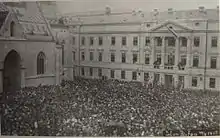

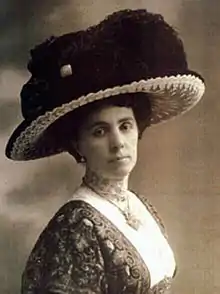
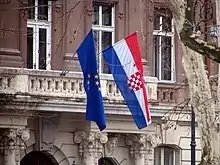
.jpg.webp)
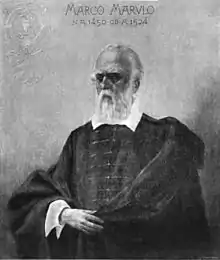
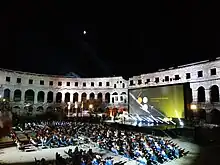

.svg.png.webp)





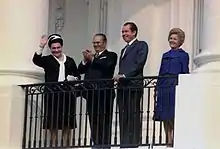
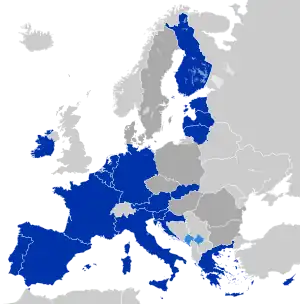
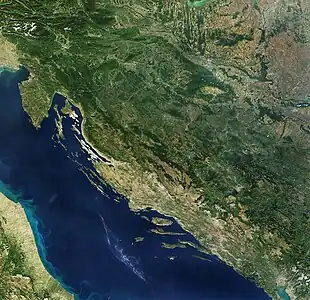
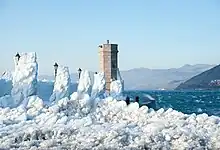
.jpg.webp)
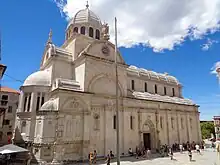
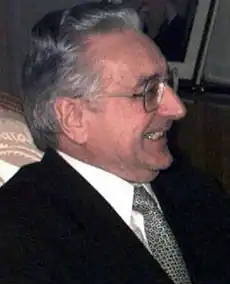
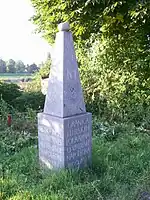

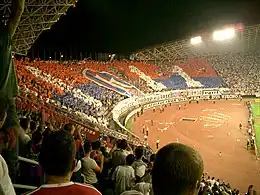
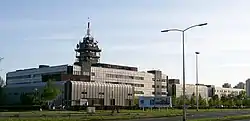
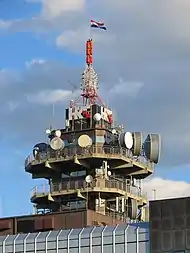
.svg.png.webp)
.png.webp)
